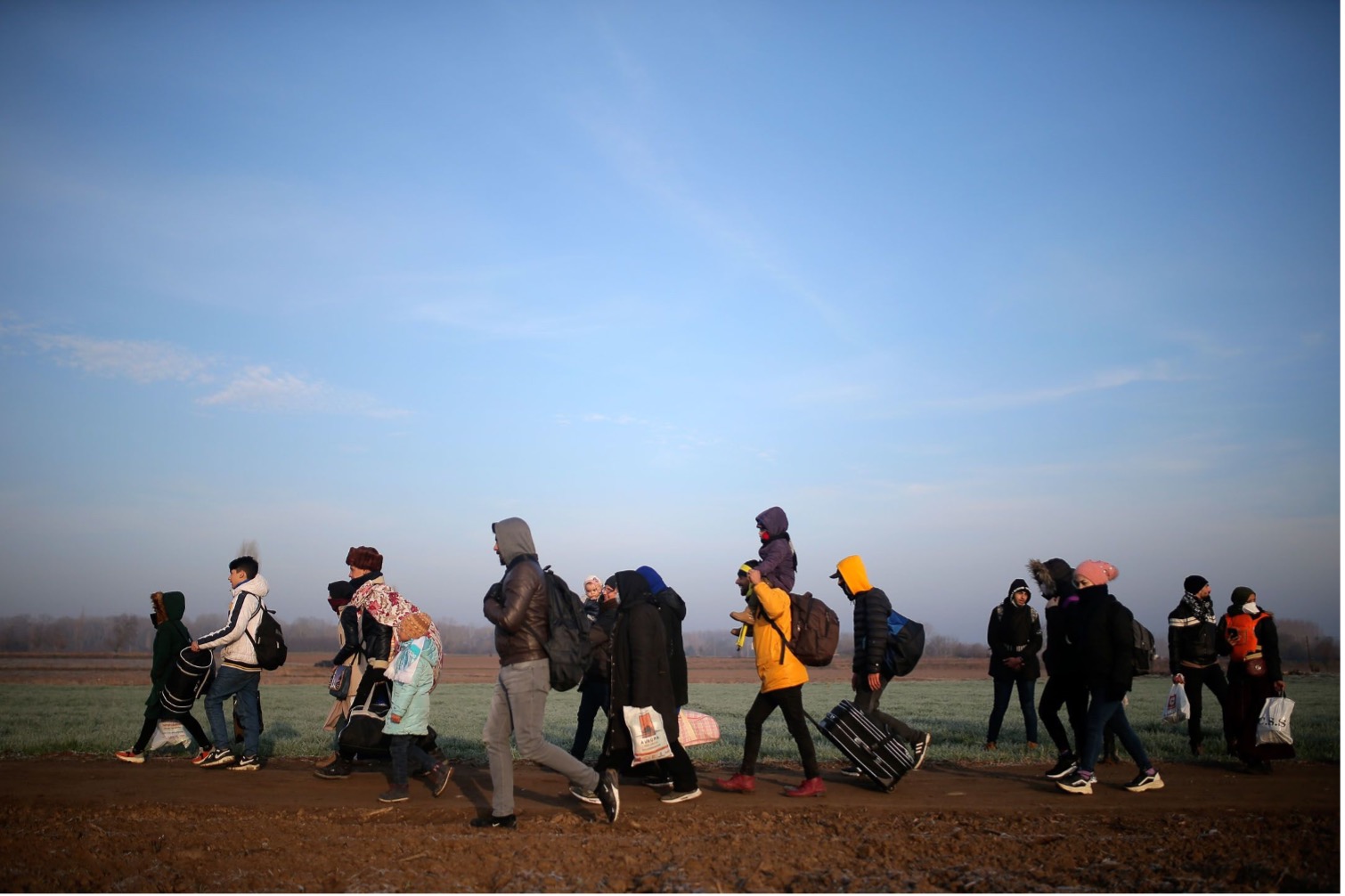
In The Terminal (2004), we comedically experience life trapped within an airport from the perspective of Tom Hank’s character, who has become imprisoned following the collapse of his nation’s government during his flight. Now stateless, we watch as he tries to find a job, ponders on the promise of America, and even manages to get the girl.
Reality is very different: statelessness is an issue which plagues an estimated twelve million individuals globally, and this number can only be expected to increase. Sir Alfred Mehran – the real ‘airport man’ – is a blistering example of this experience after being trapped in Charles de Gaulle airport following a complex case of missing refugee papers after expulsion from Iran. While his eighteen years in Terminal One were extended after discarding of newly issued papers, Sir Alfred’s story still highlights the bureaucratic limbo awaiting individuals forced from their home state.
Our daily existence is mandated by the presence of states. The laws we must follow, the freedoms we are provided, and our basic quality of life is all defined by the nation we are born in. These structures have thereby become a necessity of modern life, lest we risk a return to the brutal state of nature foretold to pre-exist our current standing, by a multitude of political philosophers.
Statelessness, defined by the United Nations, is a condition experienced by those ‘not considered as nationals by any State under the operation of its law.’ This is a clear distinction from being undocumented which indicates a foreign-citizen taking residence in a country without legal permission to remain. The Universal Declaration of Human Rights, Article 15 dictates nationality as a fundamental right. This salience of citizenship and statehood to the functioning of the modern world exacerbates statelessness and the negative experiences of these peoples.
The condition of statelessness can occur in numerous ways, but predominantly is caused either by discrimination in nationality laws or conflict within a country. Globally, the most stateless individuals reside in Côte d’Ivoire, Bangladesh, Myanmar, and Thailand; however, this balance is constantly shifting. Statelessness has also been used in limited circumstances as a weapon of the state despite international law prohibiting this. This occurrence was most recently exemplified in the United Kingdom’s withdrawal of citizenship from Shamima Begum.
Discrimination against groups, a core cause of statelessness, is the predominant cause behind the statelessness of the Rohingya. This group has been forced from Myanmar by ethnic violence and denial of citizenship, and now while in Bangladesh children born to Rohingya families are being denied registration and citizenship. The statelessness of the Rohingya population is one of many human rights abuses being experienced by this group however their plight garners dwindling international attention.
Citizenship laws, as presented by the Rohingya situation, are also one of the main causes of statelessness globally. One of the main demographics facing stateless are children due to their vulnerability to discriminatory citizenship laws, with around 70,000 stateless babies being born each year. In 2015 the United Nations Programme, #IBelong, sought to bring awareness primarily to statelessness within children. Discriminatory laws in twenty-two countries prevent Mothers from passing their citizenship to their children. This means in cases of unknown, uncertain, or deceased paternal line children can be left stateless at birth. Alternatively, in Côte d’Ivoire there is a lack of legislation concerning citizenship rights for abandoned children. This has created an estimated 300,000 stateless individuals in the nation.
As individuals enjoying the security of statehood it is easy to diminish the human experience when faced with these statistics. While we hold the ability to study, work, and exist within our states the concept of living without these simple human rights feels distant. Nowhere People, a ten-year project by Greg Constantine explores the lives of stateless individuals and communities through the medium of photograph and interviews. In his quest to preserve ‘the human stories and human face of statelessness’ Constantine has conceived stories, photo-books, films, and an exhibition humanising the issue of statelessness.
Constantine’s work demonstrates that statelessness is more the mere statistics. In fact, it is a clash of an individual’s cultures, it is the exile of one’s meaning and spirit from their body, it is the ability to somehow exist in the space “between the earth and the sky”. Without assistance from state’s individuals become trapped without the means to live and yet also the means to move on and forge a life elsewhere. Furthering this, Hannah Arendt – who experienced statelessness for eighteen years following fleeing from Nazi rule to the United States – described statelessness as being “stripped of worldliness; … they could live and die without leaving any trace.”
The work of Hannah Arendt also highlighted another core issue related to statelessness. The continued existence of statelessness despite its contradiction with human rights demonstrates how globally only certain individuals hold ‘the right to have rights’. Arendt reasons that human rights cannot be universally accessed and instead are connected to membership of political communities, in the form of states. This concept explains the prevalence of statelessness; these victims are easy to ignore. Without access to the discourse of human rights individuals and groups experiencing statelessness have little resource to be heard.
For some, the institution of the state is harmful to individuals and their freedoms. Max Stirner, presenting anti-state rhetoric rooted in Marxism, claims the state “always has the sole purpose to limit, tame, subordinate, the individual – to make him subject to some generality or other”. Statelessness indicates that life without the state, at least while attempting to co-exist with these entities, is what truly limits and subordinates the individual.
Statelessness is an issue created through discrimination and cruelty at the hands of states, and feigned ignorance on behalf of internationally dominant powers and global governance. The easiest solution to prevent future statelessness is implementation of jus soli – birth-right citizenship – globally, and the enforcement of international laws preventing arbitrary deprivation of nationality. As a global community it must become unacceptable to use statelessness to discriminate and remove populations, but until the most dominant states move against it then it will be continued to be accepted.
Links to further learning:
Nowhere People Project – http://www.nowherepeople.org/the-project
UNHCR Campaign to End Statelessness – https://donate.unhcr.org/int/en/ibelong Statelessness Index for European
Countries – https://index.statelessness.eu/



Average Rating